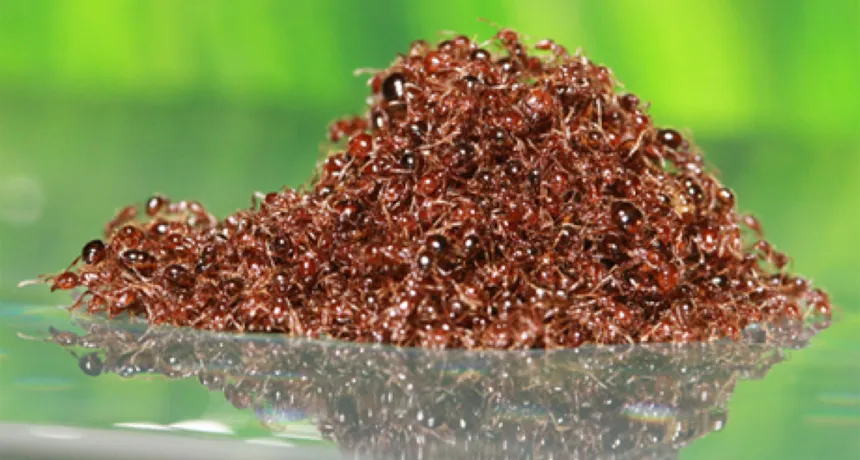In emergencies, fire ants get lots of grips to form rafts
Inside look at how insects make instant architecture shows the power of extreme grabbing

BODY BUILDING Fire ants can join forces to form rafts (shown). They do so by gripping one another with 99 percent of the legs available in the mass of ants, a new study finds.
Courtesy of D. Hu







